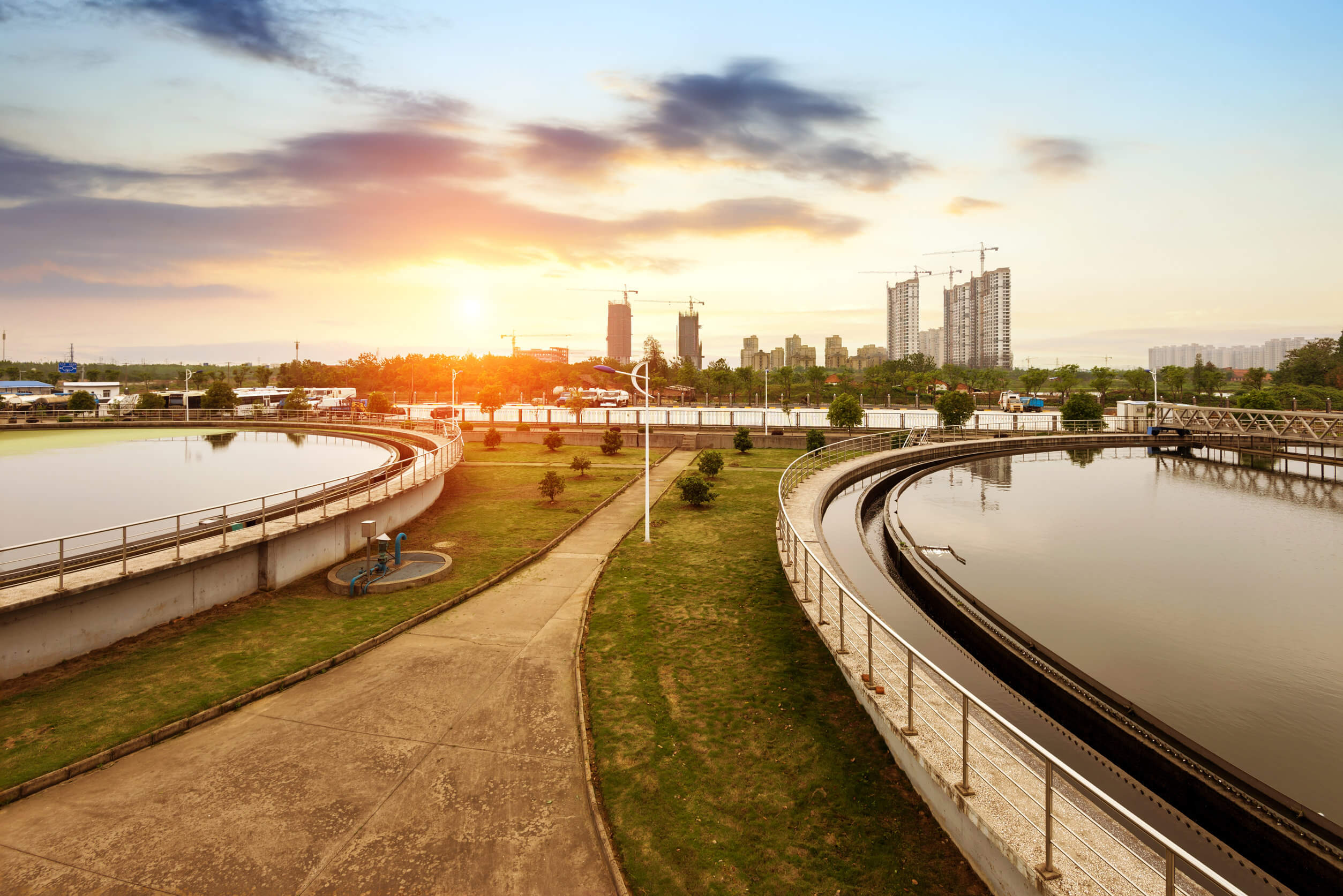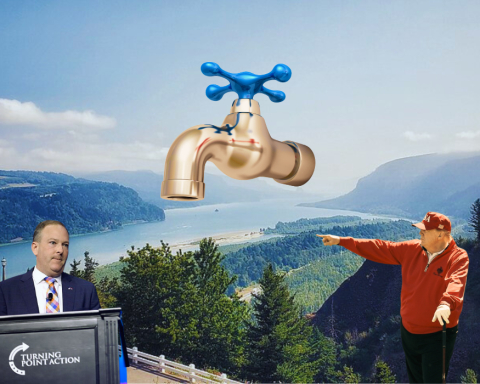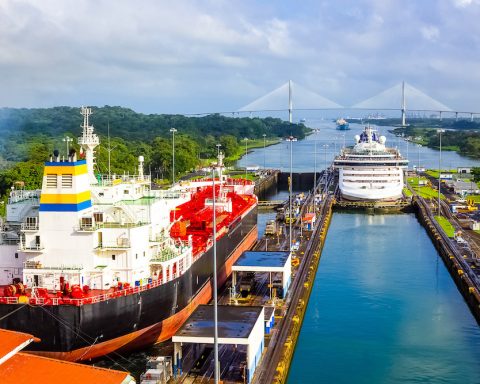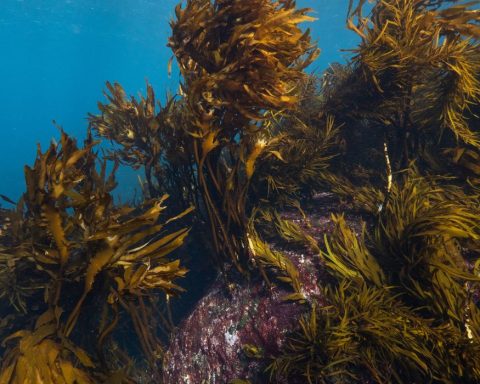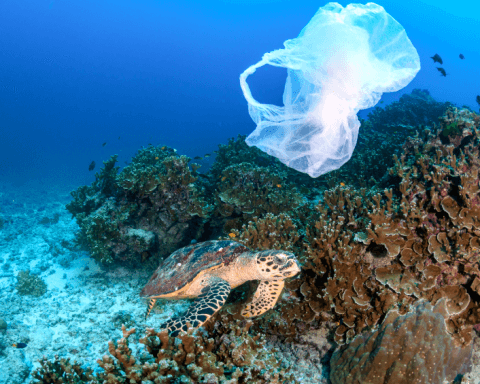Water isn’t something most people think of when they consider the idea of greenhouse gas (GHG) emissions, but treating water for use in our homes and businesses comes with a significant carbon footprint. Tackling those hidden emissions across municipal and industrial sectors needs to be a critical part of any serious plan to achieve a net-zero-emissions economy.
Water cuts across many of Canada’s major emitting sectors, from oil and gas to agriculture. Canada’s biggest GHG-emitting industries are also some of the country’s largest water users – and the emissions hiding in that water usage are largely untracked.
A recent analysis from Global Water Intelligence estimates that water and wastewater utilities may account for nearly 4% of global energy consumption. In Canada, studies have found that water and wastewater systems are municipal governments’ largest energy uses, accounting on average for 38% of energy consumption. By extension, these systems contribute 32% of reported municipal emissions, nearly half of that coming from sewage treatment. This figure also doesn’t include the release of nitrous oxide and methane – both potent GHGs – during wastewater treatment.
The emissions trend for water utilities poses an even greater concern. In regions such as California, drought and a growing population are increasing demand for energy-intensive water supply projects, such as desalination and water recycling. And even in regions not yet facing water stress, higher water treatment demands (needed to filter out emerging contaminants such as pharmaceuticals and microplastics) require increased energy use.
And that’s just municipal utilities. When you consider the water-related emissions from industrial sectors, such as oil and gas and mining, the significance of water in Canada’s GHG emissions landscape continues to grow.
But surprisingly (or maybe unsurprisingly), we have very little data on water-related emissions, or for that matter, most forms of water use in Canada. That knowledge gap poses significant challenges for defining sector-specific baselines and targets. Mapping these emissions across major sectors – including utilities, oil and gas, mining, agriculture and others – is a critical step toward understanding how to reduce them. And, at least so far, the federal government hasn’t included any mention of water in its plans to reach net-zero by 2050, lagging behind many other jurisdictions.
Across the Atlantic, the U.K. has been leading the charge around water and net-zero. In 2020, water utilities in the U.K. made the first sector-wide commitment to deliver a net-zero water supply for customers by 2030. The sector plans to do this through a range of strategies, from efficiency interventions to renewable energy generation, estimating that it will save 10 million tonnes of GHG emissions by reaching net-zero 20 years earlier than the British government’s current 2050 target.
In Canada, new infrastructure projects are beginning to recognize the renewable-energy-generation potential of wastewater systems. Earlier this year, Noventa Energy Partners announced the world’s largest raw wastewater energy-transfer project, at Toronto Western Hospital. The $38-million project will generate thermal energy using raw municipal wastewater, supplying 90% of the hospital’s heating and cooling requirements, and reducing its carbon emissions by 250,000 tonnes.
Other sectors have also invested heavily in reducing water-related emissions. In the oil and gas sector, B.C.’s Saltworks Technologies has developed a way to harness waste heat from oil sands operations to treat industrial wastewater, minimizing freshwater withdrawal and reducing carbon emissions compared to conventional treatment technologies. Meanwhile, in the agricultural sector, Alberta’s Livestock Water Recycling is using water treatment technology to remove clean water from manure. This allows farmers to reclaim water, produce more effective fertilizers, and reduce their methane emissions by up to 82%.
While the connection between water and energy is clearly visible, it’s worth noting another relationship that is no less important: that between water and carbon. Numerous studies, including at the IISD (International Institute for Sustainable Development) Experimental Lakes Area in Manitoba, are mapping relationships between carbon and freshwater systems such as lakes. As we explore options to capture and store atmospheric carbon, it will be important to understand how freshwater systems operate as sources and sinks in a changing climate. Investing in these systems through ecosystem restoration and natural infrastructure projects offers additional tools for Canada’s net-zero toolbox.
Canada has a long way to go to reach net-zero in 2050, and water will be a key part of achieving that goal. Understanding and addressing these emissions will be critical as we navigate the uncharted waters ahead.
Alan Shapiro is the director of Foresight Canada’s waterNEXT network and principal at water and sustainability consultancy Shapiro & Company.


